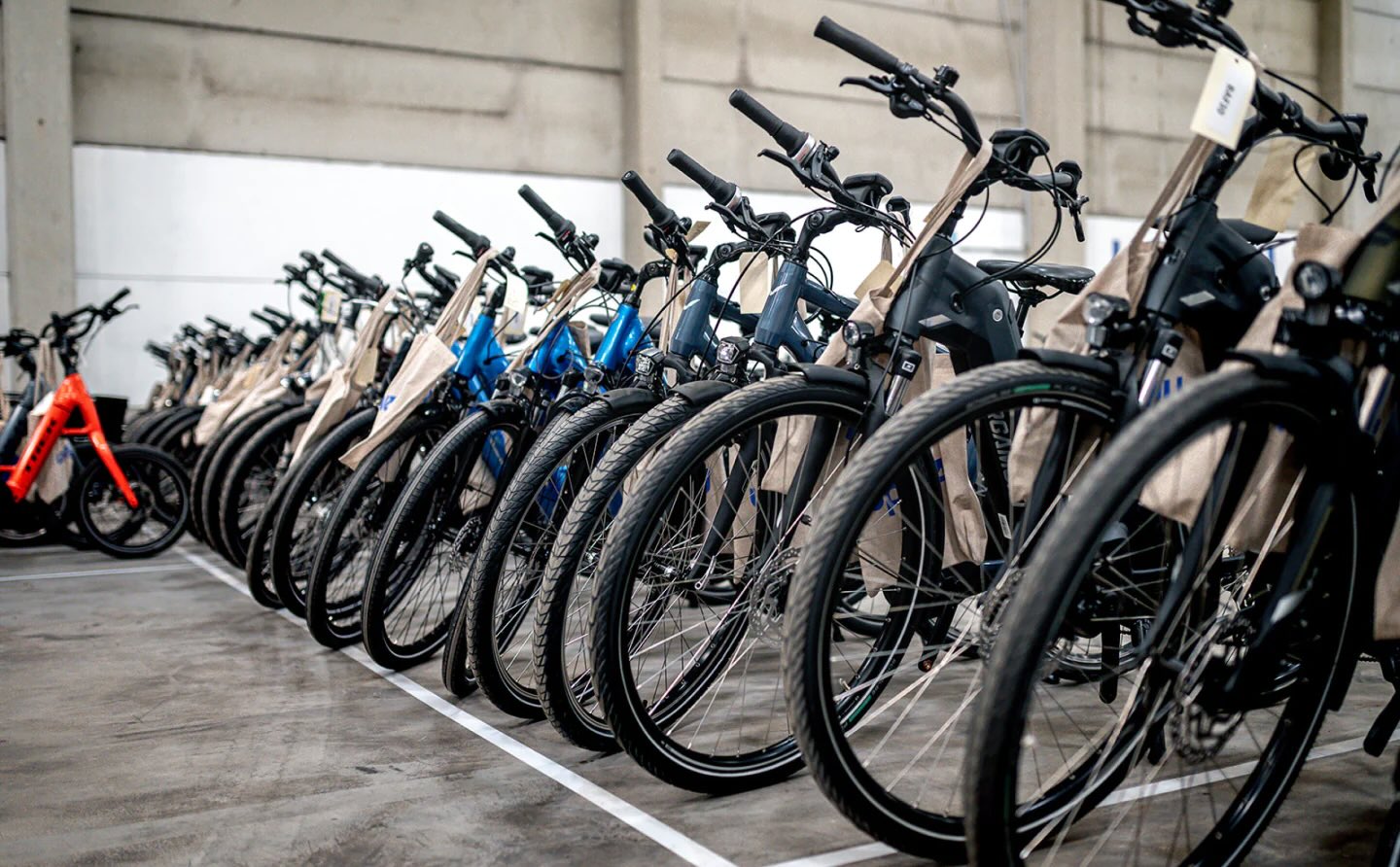Rising food prices in Russia are forcing consumers to skip out on borscht — a beloved traditional dish made from common, fresh vegetables and potatoes.
The costs for these base ingredients have soared in the past year due to extreme weather conditions and lower crop yields, the Daily Express reported, all amid the shadow of the country's war in Ukraine.
What's happening?
According to data from Rosstat, Russia's state statistics agency, the cost of potatoes has jumped 166% from last year, per the Daily Express. This price surge follows a nearly 12% loss in potato harvests in 2024, yielding only 17.8 million metric tons (over 19.6 million tons), per The Moscow Times.
For reference, the average annual potato production value between 2013 and 2021 was 22.2 million metric tons (over 24.4 million tons), per Statista data.
Extreme weather conditions, including early spring frosts and drought conditions, have struck Russian farms, reducing crop yields by more than 500,000 hectares (over 1.2 million acres) of land, according to another Moscow Times article, leading to increased food prices.
Onions and cabbages, other common borscht ingredients, have inflated by 87% and 57%, respectively, per the Daily Express. These price rises have made the soup increasingly inaccessible for many families.
Watch now: How bad is a gas stove for your home's indoor air quality?
"We used to make borscht twice a week. Now it's a luxury," said one Nizhegorodian retiree, per the Daily Express.
"It is crazy. Potatoes have always been very cheap. At this price, I will not buy them," another retiree said, per Reuters.
More data shows that Russian consumers are spending a bigger percentage of their paychecks on food and groceries — the percentage climbed to 35% as of April 2025, per Reuters. Yet, worker wages are not aligning.
Why is food inflation concerning?
Extreme swings in weather patterns are becoming more frequent globally as the planet's temperature continues to rise.
|
What is the biggest reason you don't grow food at home? Click your choice to see results and speak your mind. |
Farmers cannot reliably grow food with a lack of water due to drought conditions, or too much water due to heavy and intense bouts of rainfall. Unexpected spring frosts also damage crops, contributing to annual crop losses.
These real economic losses for farmers are then passed on to consumers, who are paying inflated grocery prices.
"On a daily basis, people are not buying smartphones and television sets. They are buying food," said Elvira Nabiullina, governor of the Central Bank of Russia, per Reuters.
What can I do about rising food prices?
Rising food prices threaten humans' health, well-being, and quality of life globally.
Although farmers are struggling to maintain crops due to extreme weather conditions, you can try growing your own food, reducing your dependence on commercial food systems.
Start with low-maintenance crops and grow plants in their appropriate seasons. Implement a crop rotation, which preserves the health of your soil, and make a DIY low-cost fertilizer. The more you pour into your food, the more bountiful your harvest.
Join our free newsletter for easy tips to save more and waste less, and don't miss this cool list of easy ways to help yourself while helping the planet.

 Upway makes it easy to find discounts of up to 60% on premium e-bike brands
Upway makes it easy to find discounts of up to 60% on premium e-bike brands















